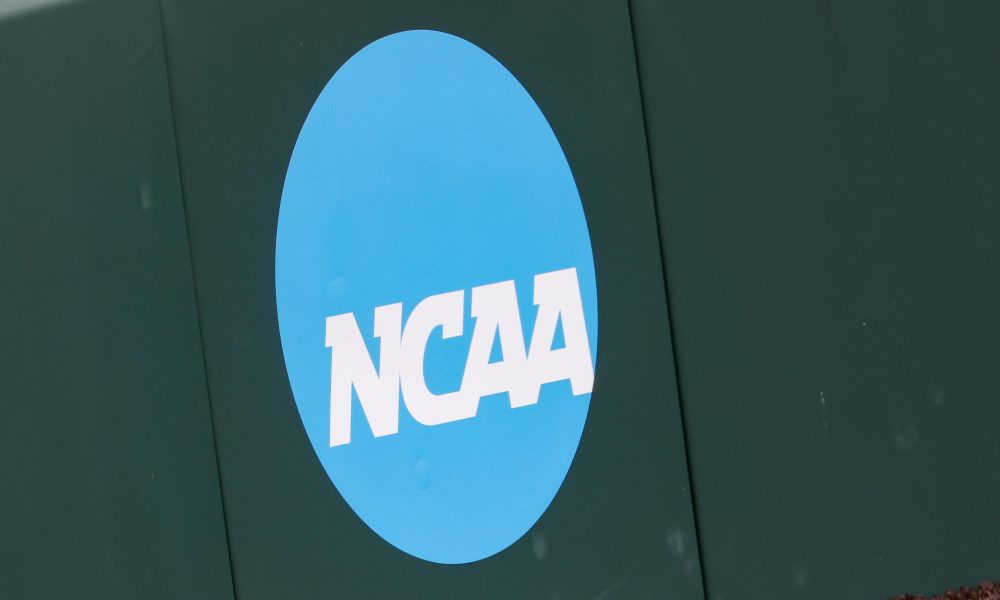NIL
Schools Allowed to Pay NCAA Athletes Directly After Judge Approves Settlement
Division I athletes will soon be able to receive direct payments from their schools for the first time in NCAA history. California judge Claudia Wilken granted final approval to the House v. NCAA settlement around 9 p.m. ET Friday night, according to Yahoo Sports’ Ross Dellenger. The approval ended three federal antitrust lawsuits and paved […]

Division I athletes will soon be able to receive direct payments from their schools for the first time in NCAA history.
California judge Claudia Wilken granted final approval to the House v. NCAA settlement around 9 p.m. ET Friday night, according to Yahoo Sports’ Ross Dellenger.
The approval ended three federal antitrust lawsuits and paved the way for schools to begin directly paying athletes starting July 1.
NCAA president Charlie Baker called revenue sharing “a tremendously positive change and one that was long overdue” in a letter shared on Friday night.
The settlement approves a total of $2.8 billion in compensation over a span of 10 years to past NCAA athletes seeking recompense for their previous inability to seek NIL deals.
The deal also imposes roster limits for sports such as football (105 roster players), men’s basketball (15 roster players) and baseball (34 roster players), per Dellenger.
Dellenger previously reported in April the new limits were expected to eliminate 5,000 power conference roster spots, and added that the changes were expectedly to particularly impact “walk-ons and partial scholarship earners in swimming, football, track and cross country.”
The settlement also puts into motion the College Sports Commission, an LLC established by the Power 5 conferences.
Schools are set to be able to share revenue under an annual cap, which will start out at $20.5 million for the 2025-26 season. Dellenger reported it could escalate as high as $33 million by 2035.
Dellenger previously described the College Sports Commission as “a new enforcement arm to police violators of the industry’s new salary cap,” which “is expected to feature revenue-sharing policies and a corresponding penalty structure for violators.”
The first revenue sharing contracts may be completed just hours after the settlement.
On3’s Pete Nakos reported that “multiple schools” are sending over contracts so deals can be signed “as early as midnight” on Friday.
“Many schools have front-loaded contracts ahead of the settlement’s approval, taking advantage of contracts not being vetted by the newly formed NIL clearinghouse,” Nakos wrote.
The settlement will also begin giving responsibility to NIL Go, a clearinghouse run by the consulting firm Deloitte which is set to review any NIL deals worth over $600.
NIL Go is expected to begin processing contracts three days after the approval of the settlement, Dellenger reported in May.
These new governance bodies for revenue-sharing and NIL contracts won’t be the only changes to NCAA governance in the near future.
Baker wrote that the NCAA and DI leaders “are designing a new governance system that reduces the number of committees and streamlines the process to set rules governing competition, championships, eligibility and academic standards.”
“While there will be more to come on the Division I structure, it is clear it must be far simpler with far fewer layers, and student-athletes must have more votes on the committees that deal with issues that impact them,” Baker wrote.
Baker added that the NCAA’s next steps involve working with Congress to enforce the settlement with legislate that would block states from “challenging” the organization’s rulemaking.
The first steps for that legislation could already be in motion. Dellenger reported in April that five U.S. Senators had held recently held “serious negotiations over drafting a federal bill to regulate college sports compensation.”